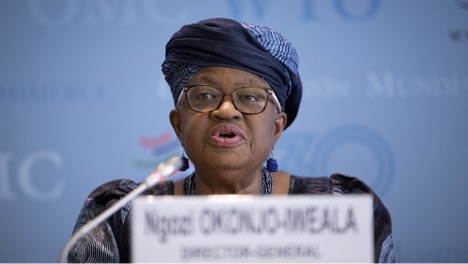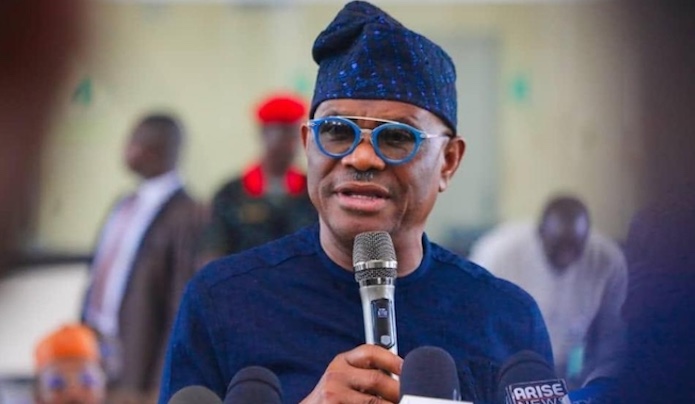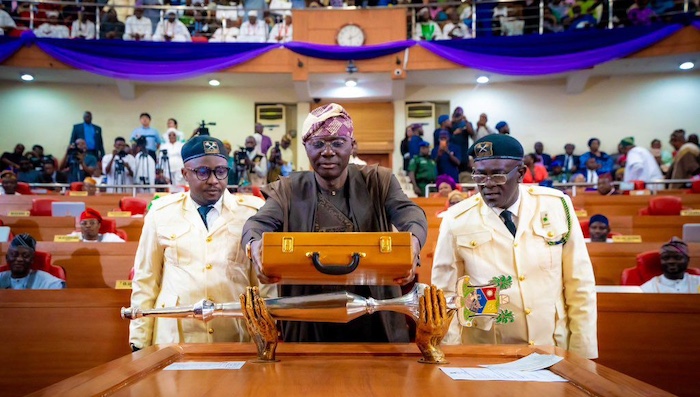
Sustaining what is working well, reforming what is not working, and repositioning the World Trade Organisation (WTO) to support members to take advantage of new trade opportunities, will deliver on the organisation’s reform, the WTO chief has said.
In her address during the global trade outlook forecast press conference on October 7, 2025, WTO Director-General, Dr Ngozi Okonjo-Iweala, said that since the start of the year, the WTO has seen unilateral actions by some of its most important members and an unprecedented rise in trade policy uncertainty. However, Okonjo said, despite the stiff headwinds, trade has shown resilience.
“Today’s disruptions to the global trade system are a call to action for nations to reimagine trade and together lay a stronger foundation that delivers greater prosperity for people everywhere,” she said.
The latest Global Trade Outlook and Statistics report for October provides an update on the outlook for world trade in 2025 and 2026.
“Shifting trade patterns reflect new opportunities, but are also creating new stresses. Looking to 2026, the fact is there is so much uncertainty it is hard to be conclusive,” Okonjo said.
Dr Ngozi Okonjo-Iweala is the seventh Director-General of the WTO, and the first woman and the first African to serve as Director-General. Statistics from the report indicate that global merchandise trade outpaced expectations in the first half of 2025, driven by increased spending on AI-related products, a surge in North American imports ahead of tariff hikes, and strong trade among the rest of the world.
While sharing key insights from the trade outlook and statistics, the WTO Economists raised the 2025 merchandise trade growth forecast to 2.4 per cent (up from 0.9 per cent in August). However, the economists noted that trade growth will likely lower to 0.5 per cent (from 1.8 per cent) in 2026, as the impact of the cooling global economy and new tariffs set in.
Global services exports growth is expected to slow from 6.8 per cent in 2024 to 4.6 per cent in 2025 and 4.4 per cent in 2026.
“Exports of least developed countries (LDCs) are expected to grow by 6.1 per cent in 2025 and 1.1 per cent in 2026. To maintain sustained trade growth, it is important to prevent trade policy uncertainty from spreading from the US to other economies,” the economists said.
WTO statistics show that, based on available short-term data from the importers’ side, LDCs merchandise exports in value terms increased by 15.1 per cent year-on-year during the first half of 2025. Apart from fuels exports (-0.3 per cent) and exports of transport equipment (-12.7 per cent), LDCs’ exports of all major product groups increased during the first six months of 2025.
Among the top 10 largest LDC exporters, mirror data indicate the highest per cent changes in exports in Guinea, the Lao People’s Democratic Republic, Cambodia and the Democratic Republic of the Congo.
In volume terms, LDCs’ exports were up 8.6 per cent year-on-year in the first half of 2025. As a result, the WTO predicts that exports in volumes of LDCs grow by 6.1 per cent in 2025 and 1.1 per cent in 2026.
The World Trade Organization, is the only global international organization dealing with the rules of trade between nations. At its heart are the WTO agreements, negotiated and signed by the bulk of the world’s trading nations and ratified in their parliaments. The goal is to ensure that trade flows as smoothly, predictably and freely as possible.



